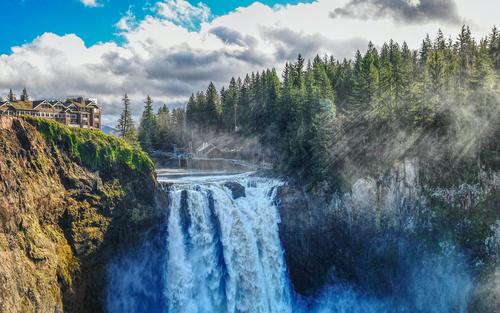Unveiling the Unknown: Discovering the Personal Information of Matthew Henson
Matthew Henson is a name not many are familiar with, despite his contributions to North Pole exploration. He was a part of several Arctic expeditions in the early 1900s, and his accomplishments alongside Robert Peary should have earned him a place in history. Unfortunately, due to his race, he was not given the recognition he deserved. In this article, we will delve into the life of Matthew Henson and shed light on some lesser-known facts about him.
Early Life and Career
Matthew Henson was born on August 8, 1866, in Maryland. He was of African-American and Native American descent and grew up in poverty. At the age of 12, he was orphaned and forced to leave school to find work. He soon found work as a cabin boy on a ship, which kickstarted his career as a seafarer.
Henson met Robert Peary in 1887 while working at a clothing store in Washington, D.C. They quickly became friends, and Henson was hired as a personal valet for Peary’s Arctic expeditions. Henson’s skills and knowledge of the Inuit language and culture made him an invaluable member of the team.
Expeditions and Accomplishments
Henson was a part of several Arctic expeditions, but his most notable accomplishments were during the North Pole expeditions alongside Peary. In 1909, they embarked on their eighth Arctic expedition, determined to reach the North Pole. Henson was a key member of the team, responsible for navigating and scouting ahead.
On April 6, 1909, Peary, Henson, and four Inuit companions reached what they believed to be the North Pole. While there is some controversy surrounding whether they actually reached the North Pole, it is undeniable that Henson’s accomplishments as a navigator and polar expert were crucial to the team’s success.
Legacy and Recognition
Despite his contributions to Arctic exploration, Henson did not receive the recognition he deserved during his lifetime. His race played a significant role in this, as he faced racial discrimination and prejudice from his white colleagues. It wasn’t until several years after his death that he began to receive acknowledgement for his accomplishments.
In 1988, Henson’s remains were moved from an unmarked grave to Arlington National Cemetery, where he was given military honors. In 2000, he was posthumously awarded the National Geographic Society’s Hubbard Medal, which is the highest honor for exploration.
Conclusion
Matthew Henson’s life and legacy are a testament to the resilience and determination of marginalized communities. He faced numerous obstacles and challenges throughout his life but persevered and became a key figure in Arctic exploration. We hope that this article sheds light on some lesser-known facts about Henson and inspires readers to learn more about this remarkable individual.
(Note: Do you have knowledge or insights to share? Unlock new opportunities and expand your reach by joining our authors team. Click Registration to join us and share your expertise with our readers.)
Speech tips:
Please note that any statements involving politics will not be approved.
